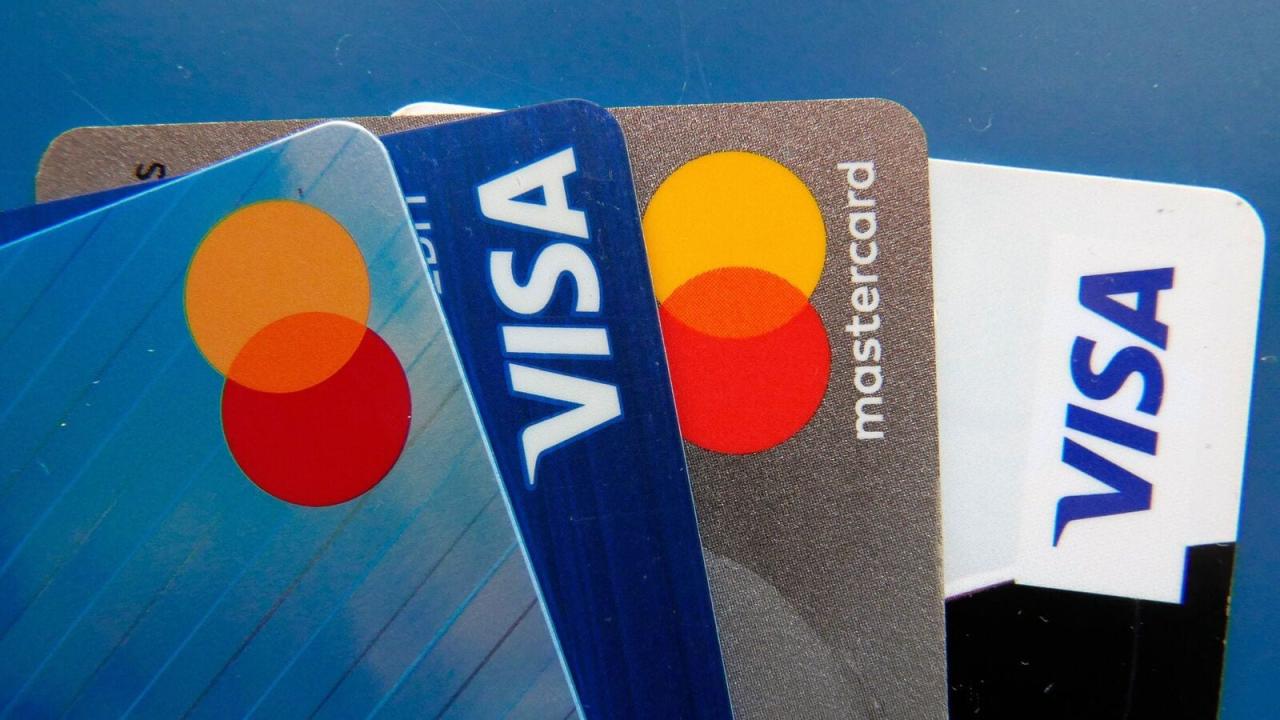Boost Your Credit Score: The Ultimate Guide

Your credit score is arguably one of the most powerful numbers in your entire financial life, acting as a crucial three-digit summary of your past financial behavior and future reliability.
It’s far more than just a requirement for a loan; it’s the gatekeeper to financial opportunity, subtly influencing everything from the interest rate you’ll pay on a mortgage or car loan to the deposit required for your utilities and even your ability to rent an apartment or secure a favorable insurance rate.
Many people wrongly assume their score is static or a mystery they can’t control, leading to passive acceptance of unfavorable financial terms that cost them thousands of dollars in excess interest over a lifetime.
Understanding how your credit score is calculated is not a specialized skill reserved for bankers; it is a fundamental pillar of modern financial literacy that empowers you to actively manage your future wealth.
By implementing specific, proven strategies to improve and maintain this score, you effectively lower the cost of living and borrowing, transforming yourself from a high-risk borrower into a financially attractive, low-risk client.
Taking control of your credit score is the single most effective action you can take to unlock superior financial opportunities and accelerate your journey toward true financial security.
I. Deconstructing the Credit Score: The Five Pillars

Your credit score is primarily determined by five weighted factors. Understanding the percentage each factor contributes is essential for prioritizing your improvement efforts.
A. Payment History (35%)
This is the most crucial factor and the simplest to understand: consistently paying your debts on time. Lenders want assurance that they will get their money back, and your payment history is the primary indicator of your reliability.
- A. Never Miss a Payment: Late payments (especially those more than 30 days late) severely damage your score and remain on your report for up to seven years.
- B. Consistency is Key: Establish automatic payments for all debts to remove the risk of human error and ensure every single bill is paid before its due date.
B. Credit Utilization (30%)
This factor measures how much of your total available credit limit you are currently using. It is often referred to as the Credit Utilization Ratio (CUR).
- A. Keep it Low: The golden rule is to keep your CUR below 30% of your total available credit across all accounts.
- B. Aim for Single Digits: The best possible score is achieved when your CUR is kept below 10%, showing lenders you don’t rely heavily on borrowed money.
- C. The Calculation: If you have a total limit of $10,000 across all cards, your total balances should ideally be below $1,000.
C. Length of Credit History (15%)
This factor considers how long your credit accounts have been open, including the age of your oldest account and the average age of all your accounts. Lenders favor a long, stable history.
- A. Do Not Close Old Accounts: Even if you no longer use an old, paid-off credit card, keeping the account open (and unused) helps your average age and your utilization ratio (by keeping the available credit high).
- B. Start Early: The best time to start building credit is as soon as you are financially responsible enough to handle a small line of credit (e.g., a secured card).
D. Credit Mix (10%)
This factor assesses the different types of credit you successfully manage, demonstrating versatility and stability. A healthy mix includes both revolving credit (credit cards) and installment loans (mortgages, auto loans, student loans).
- A. Balance is Best: While it’s important, you should never take out a loan you don’t need just to improve this mix. Focus on the major factors first.
E. New Credit (10%)
This factor looks at how often and how recently you have opened new credit accounts. Frequent applications signal potential financial distress to lenders.
- A. Limit Hard Inquiries: A hard inquiry occurs when a lender checks your credit report for a loan application, temporarily dropping your score. Limit applications to only when you genuinely need financing.
- B. Avoid Impulse Applications: Do not open new credit cards just for a one-time store discount; the inquiry and the temptation to overspend are often not worth the small savings.
II. Strategic Actions to Boost Your Score Immediately
While building a score takes time, certain actions can provide immediate, noticeable improvement, particularly concerning the 30% utilization factor.
A. Pay Down Balances Aggressively
If your Credit Utilization Ratio (CUR) is currently high (over 30%), the fastest way to raise your score is to pay down your balances. Focus on the card with the highest balance relative to its limit.
B. The Mid-Cycle Payment Trick
Most credit card issuers only report your balance to credit bureaus once per month (usually shortly after the statement is generated). Pay down your balance before this reporting date to ensure the low balance is what gets sent to the bureau, immediately lowering your utilization ratio on paper.
C. Become an Authorized User (Carefully)
If you have a trusted family member (like a parent or spouse) with an excellent credit history and low credit utilization, ask to be added as an authorized user on one of their accounts. Their positive payment history and high limit can instantly be reflected on your report, boosting your score. Caution: This only works if their behavior is flawless.
D. Increase Your Credit Limits
Call your credit card issuer and ask for a credit limit increase. If the limit increases, but your spending stays the same, your Credit Utilization Ratio (CUR) automatically decreases. Warning: Only do this if you are disciplined and will not be tempted to spend the newly available credit.
III. The Long Game: Building a Flawless History

Improving your credit requires sustained, positive behavior over many months and years, focusing heavily on the 35% Payment History factor.
A. Set Up Payment Reminders
Even with automation, ensure you have multiple redundant reminders (calendar alerts, app notifications) for all due dates. Missing a payment is the single worst thing you can do for your score.
B. Dispute Errors on Your Credit Report
Credit reports are often riddled with errors (e.g., a debt that isn’t yours, an incorrect payment date). Obtain free copies of your report annually and meticulously review it. Dispute any inaccuracies with the relevant credit bureau immediately, as removing negative items can instantly increase your score.
C. Use Installment Loans Wisely
If you need a loan (e.g., for a car or home), ensuring you make every scheduled payment on time is vital for establishing the installment loan history component of the Credit Mix. Paying off an installment loan is a major positive credit milestone.
D. Don’t Max Out Cards
Avoid the temptation to max out any credit card, even if you plan to pay it off quickly. Maxing out a card temporarily pushes your utilization to 100%, causing a sharp, immediate drop in your credit score.
IV. Dealing with Negative Items and Debt
Negative items like late payments, collections, or bankruptcy significantly drag down your score. Addressing these requires a specific strategy.
A. Address Collections Accounts
If you have an old debt in collections, try to negotiate a “Pay for Delete” agreement, where the debt collector agrees in writing to remove the negative item from your credit report entirely in exchange for your full payment or a lump-sum settlement.
B. Write a Goodwill Letter
If you have a single late payment (30 days late) due to an unavoidable, isolated incident (like an emergency or a billing mistake), write a “Goodwill Letter” to the original creditor. Politely explain the circumstances, acknowledge the mistake, and request that they make a one-time courtesy removal of the late mark.
C. Consolidate High-Interest Revolving Debt
If you have multiple credit cards with high balances, consider a debt consolidation loan with a lower, fixed interest rate. This converts multiple revolving debts into a single, predictable installment loan, which can be less harmful to the utilization ratio.
D. Statute of Limitations
Be aware that most negative items (late payments, collections) must be removed from your credit report after seven years (or 10 years for bankruptcy). You can monitor your report to ensure these items are automatically removed once the statutory period is over.
V. Credit Score and Life Stages
Your score requirements and strategies evolve as your financial life progresses.
A. Student/Young Adult
Focus on establishing credit history.
- A. Secured Card: Start with a secured card or a student card to begin tracking a payment history.
- B. Small Loan: Consider a very small, short-term installment loan from a credit union, used to purchase a budgeted item and paid off perfectly, to establish a credit mix.
- C. Utility Bills: Ensure that mobile phone bills or rent payments (if reported) are paid meticulously on time.
B. Pre-Home Buyer (Prime Credit Target)
This is the time to optimize your score to qualify for the best mortgage rates.
- A. Reduce Utilization to Below 10%: This is critical; make large payments months before applying for the mortgage.
- B. Avoid New Debt: Do not apply for any new credit (car loans, credit cards, furniture financing) for at least 6-12 months before applying for a mortgage.
- C. Check Reports: Pull and meticulously clear up any errors on your credit reports 6 months before you intend to buy a home.
C. Established Adult (Maintenance Phase)
Focus on maintaining a high score without unnecessary effort.
- A. Review Annually: Check your reports once per year for any unexpected fraud or errors.
- B. Keep Limits High: Allow your long-term, paid-off credit cards to remain open to keep your available credit limit high, protecting your utilization ratio.
- C. Automate Everything: Rely on automated payments to ensure your flawless payment history continues effortlessly.
VI. Credit Score Myths Debunked
Don’t let common misconceptions lead you to make poor credit decisions.
A. Myth: You Need to Carry a Balance to Build Credit
Fact: You only need to use the card and pay the statement balance in full before the due date to build excellent credit. Carrying a balance only results in paying high interest for no extra credit-building benefit.
B. Myth: Closing Old Cards Helps Your Score
Fact: Closing an old card hurts your score in two significant ways: it immediately reduces your total available credit (raising your utilization ratio) and shortens the average age of your credit accounts.
C. Myth: Checking My Own Score Hurts It
Fact: Checking your own score or report (a soft inquiry) has absolutely no negative impact on your credit score. Check it as often as you like to monitor your progress. Hard inquiries only occur when you apply for new credit.
D. Myth: Marriage Merges Credit Scores
Fact: Credit scores are individual; they are not merged when you marry. However, applying for joint credit (like a mortgage) means the lender will look at both scores, and one partner’s poor score can influence the terms offered to both.
Conclusion
Your credit score is not a static marker of your worth; it is a fluid reflection of your recent financial decisions. By focusing your efforts on the two most heavily weighted factors—payment history (35%) and credit utilization (30%)—you guarantee the fastest path to significant score improvement.
Utilizing strategies like paying down balances mid-cycle and disputing errors provides immediate, powerful boosts to your score. The consistent, boring habit of paying every bill on time and keeping your debt low is the most effective long-term method.
Mastering your credit score is the key to unlocking the lowest borrowing rates and achieving major financial milestones with maximum efficiency.




